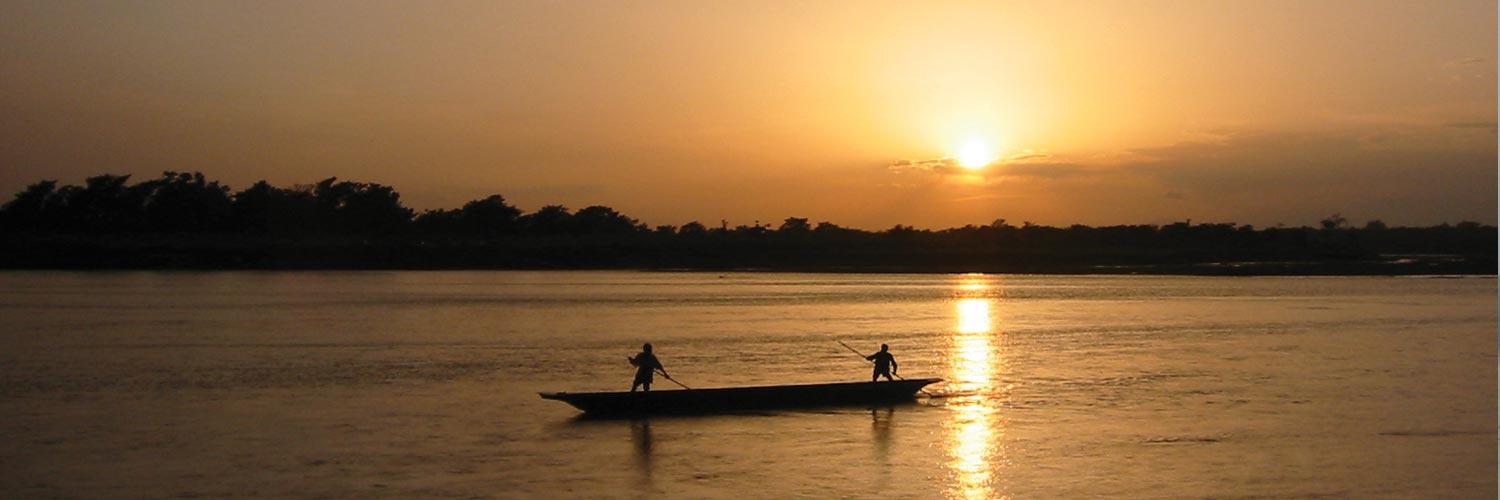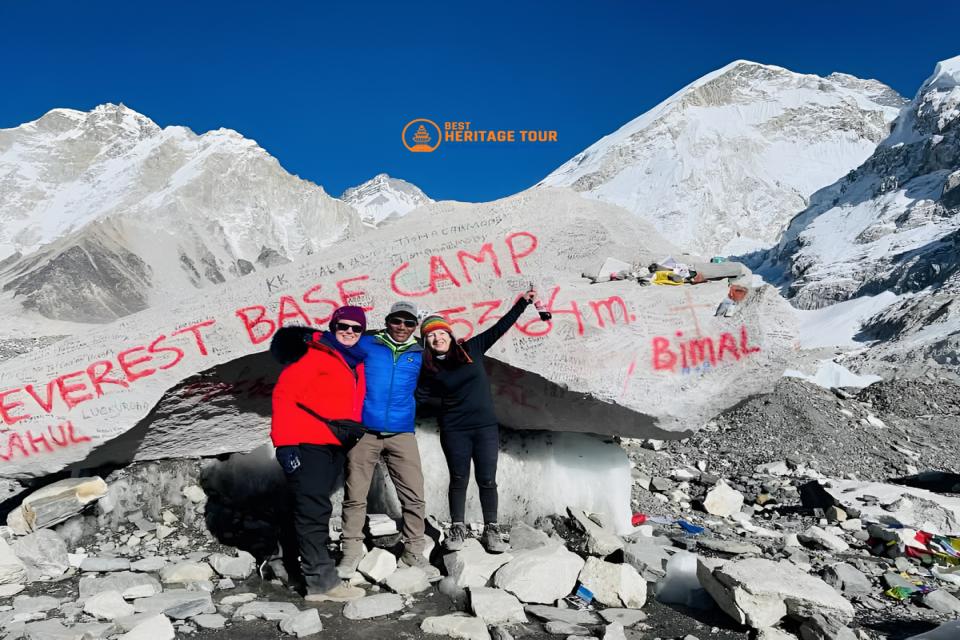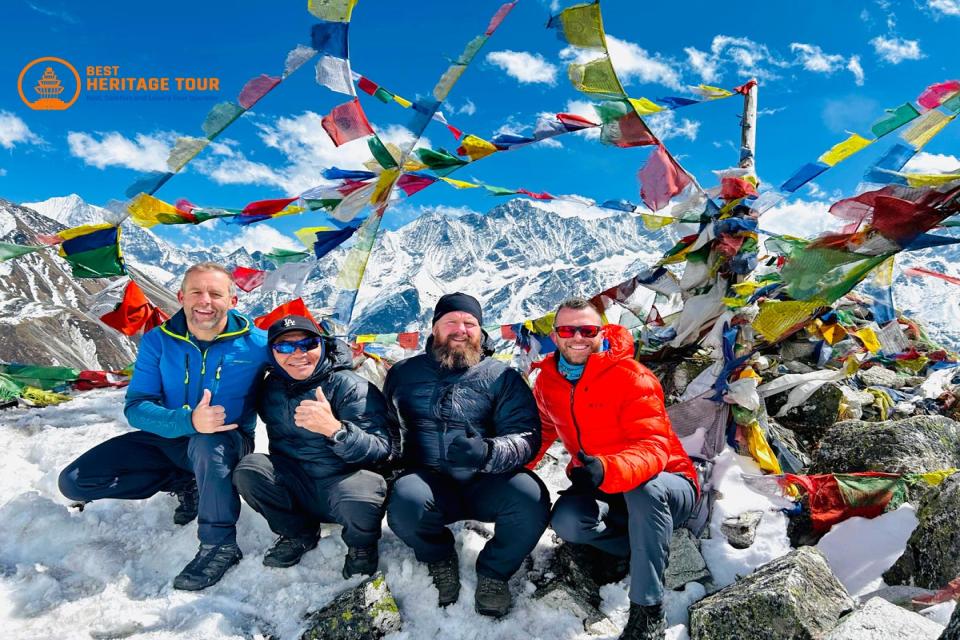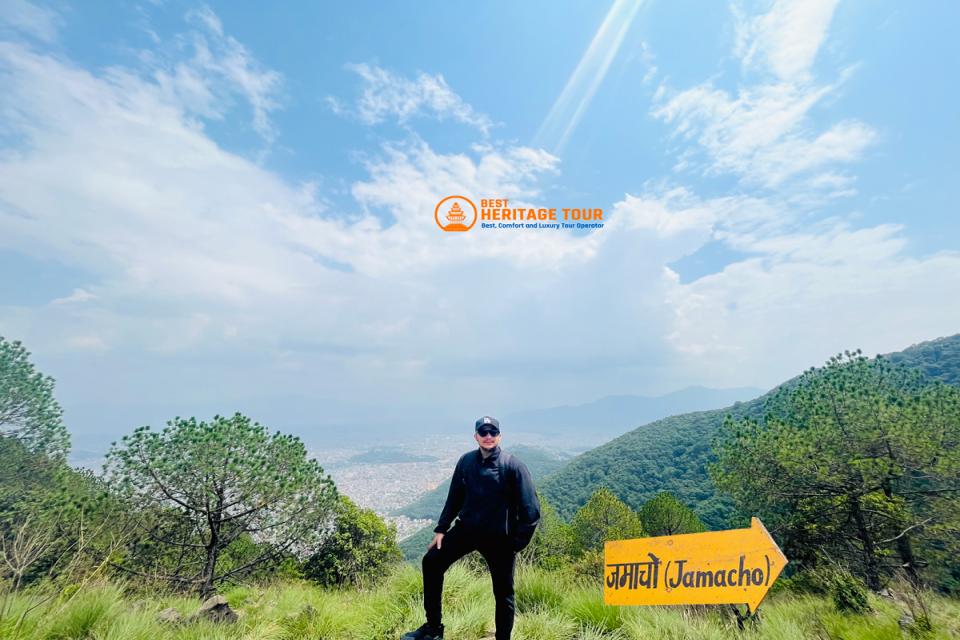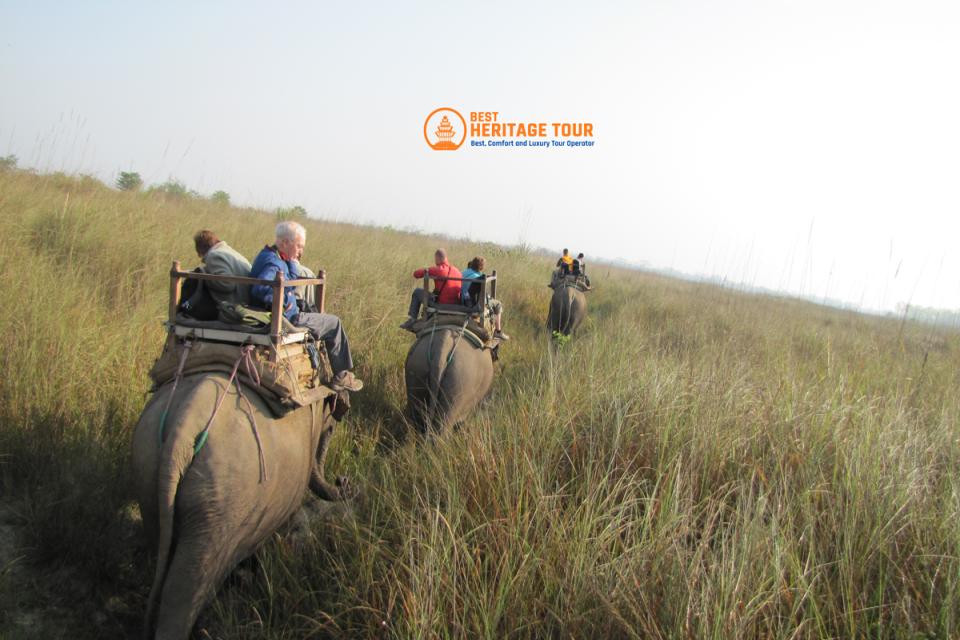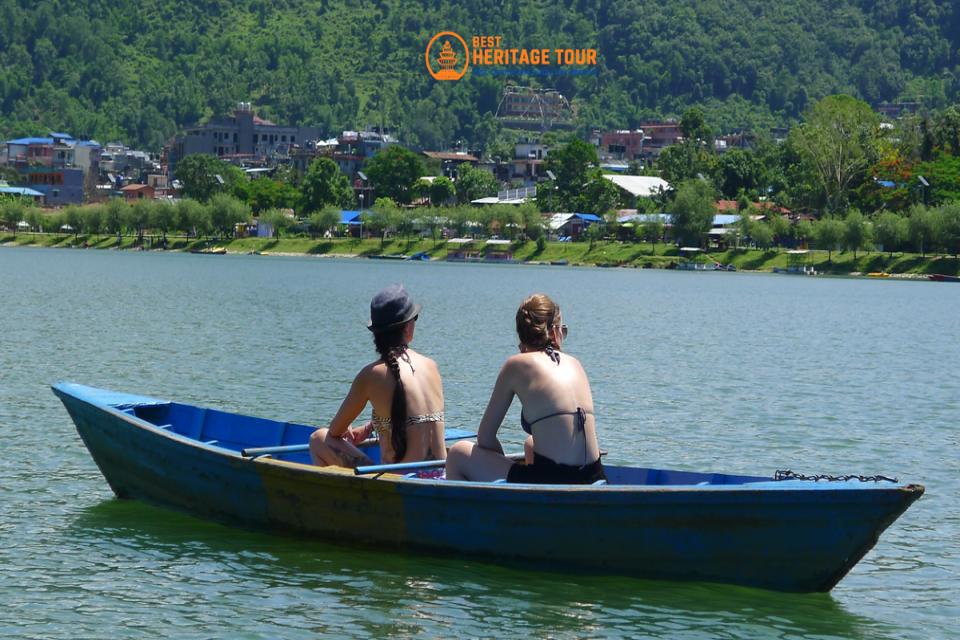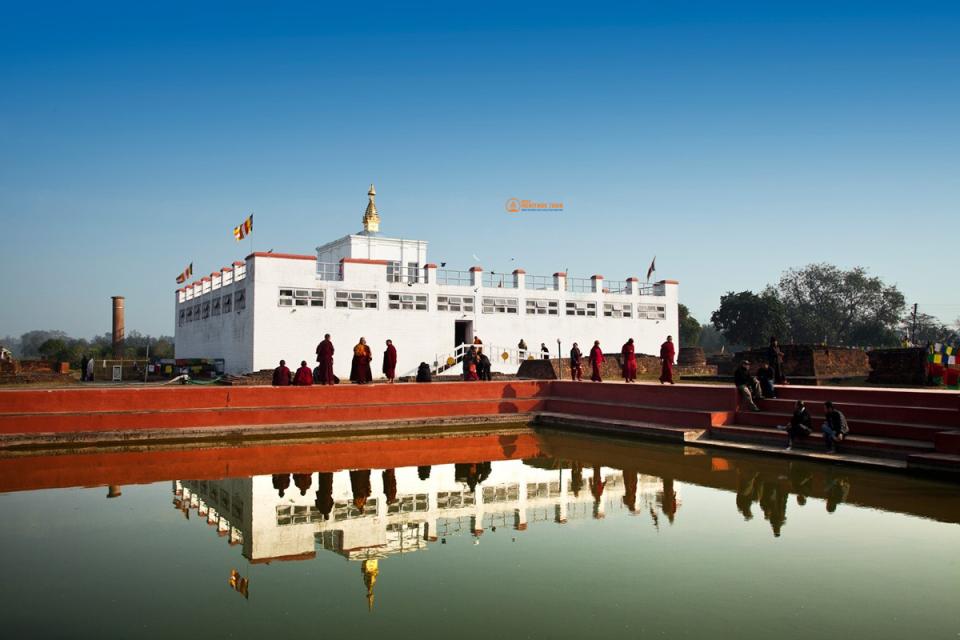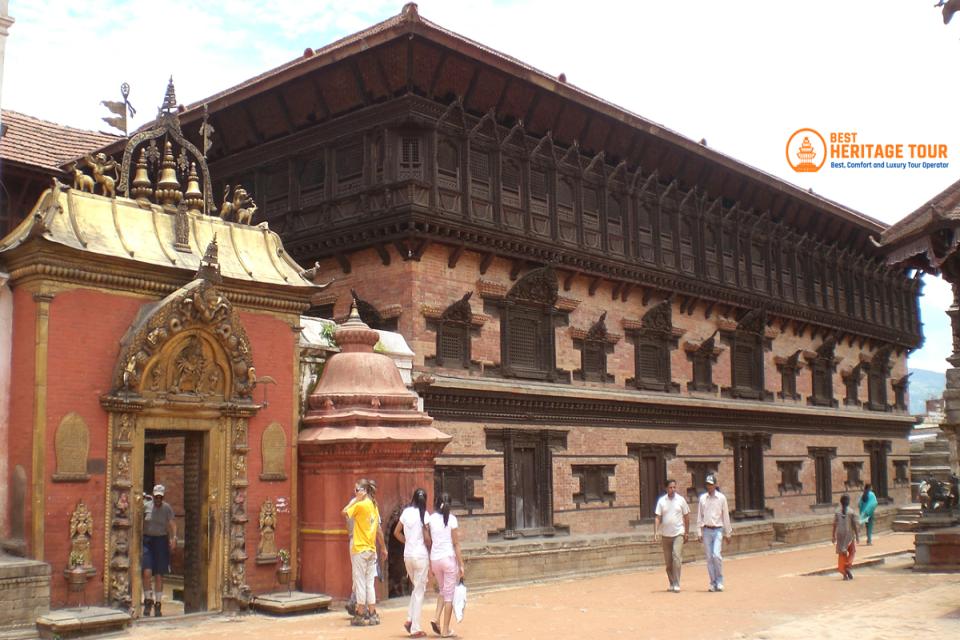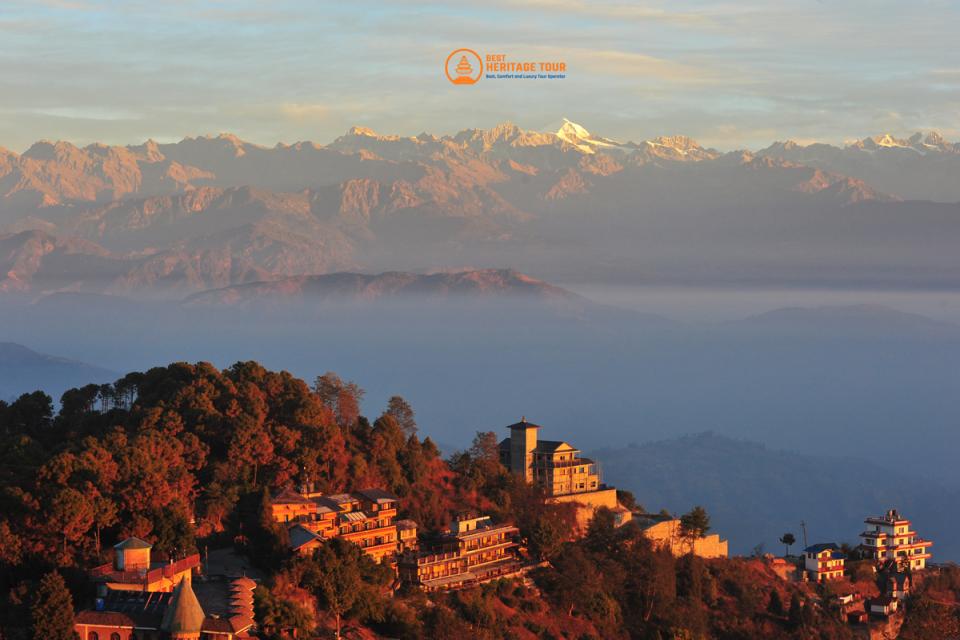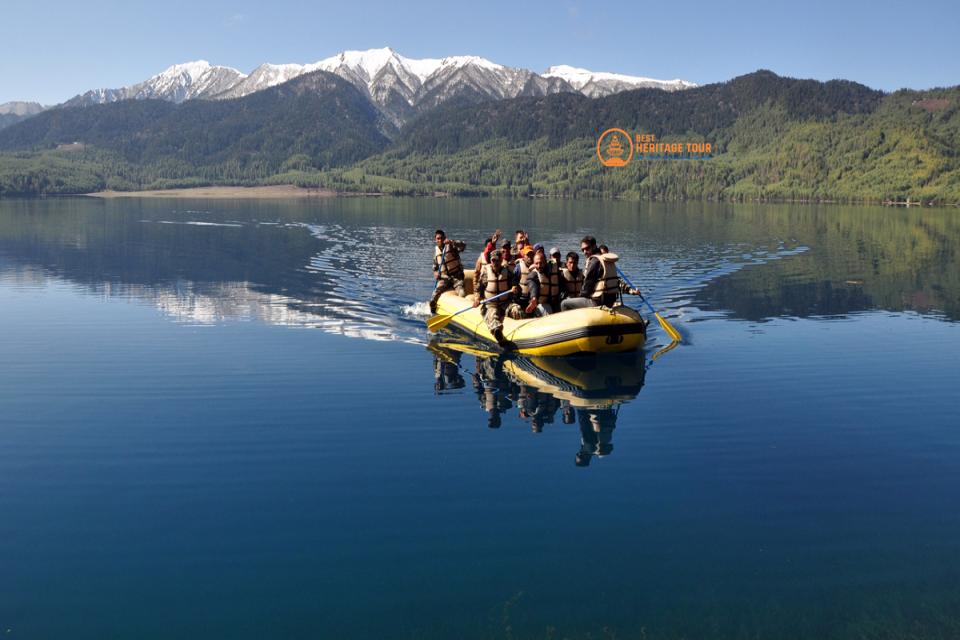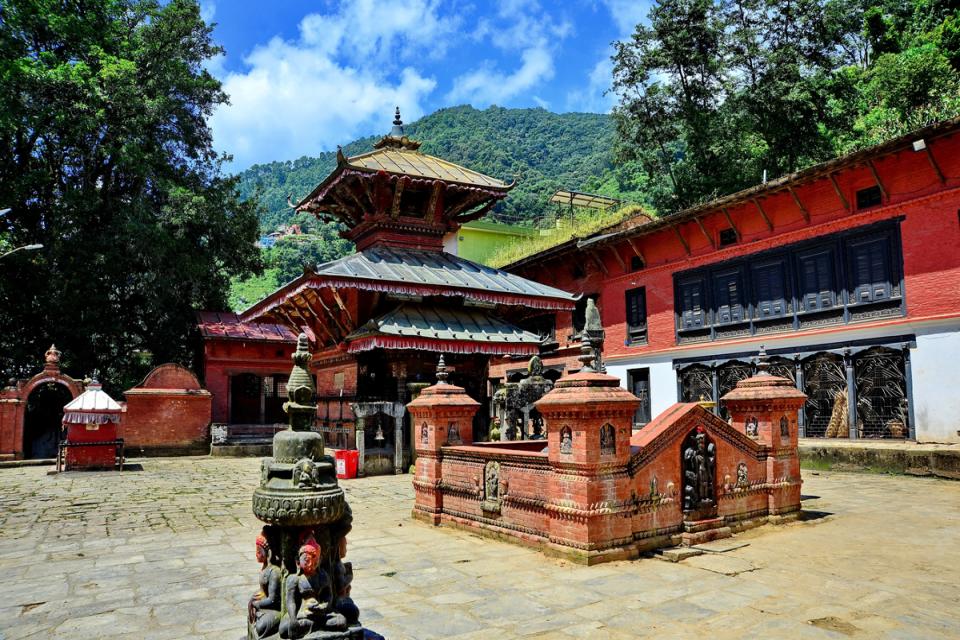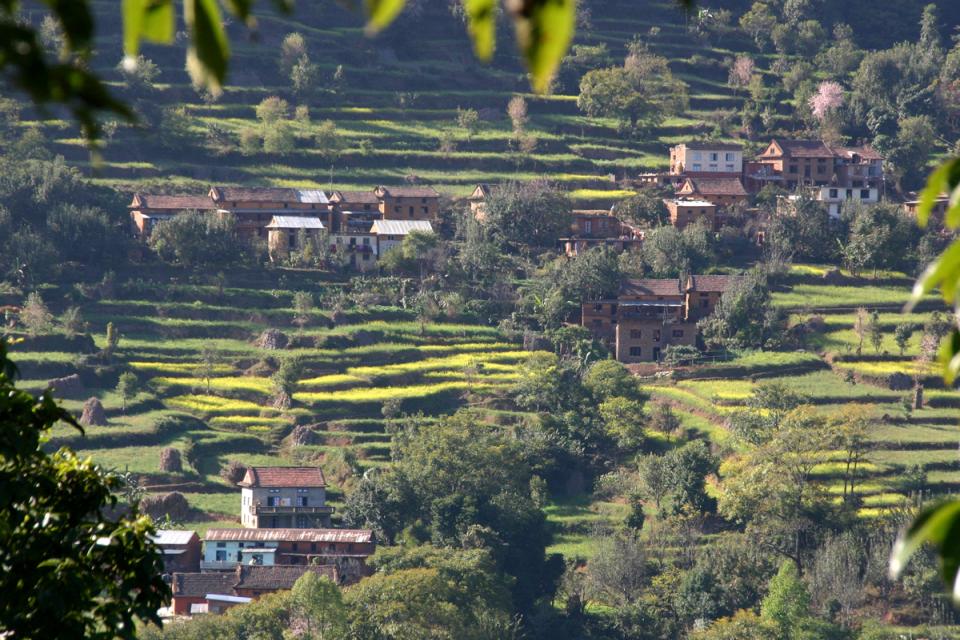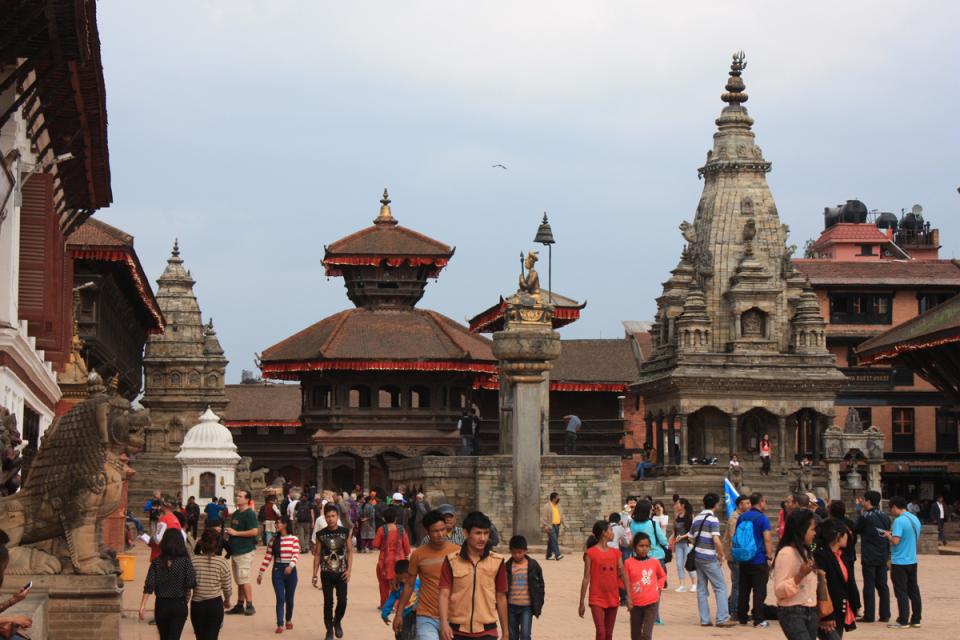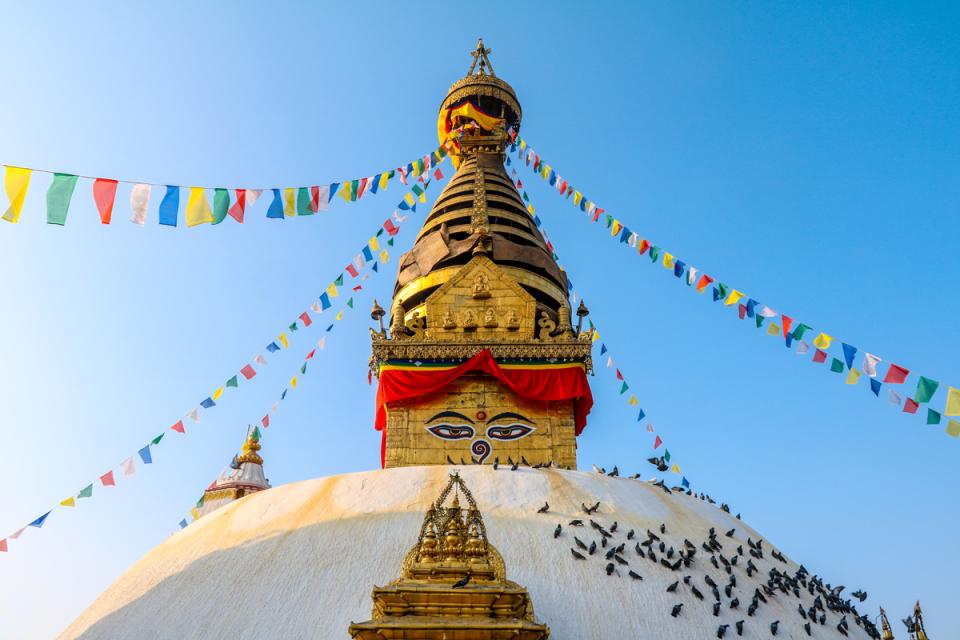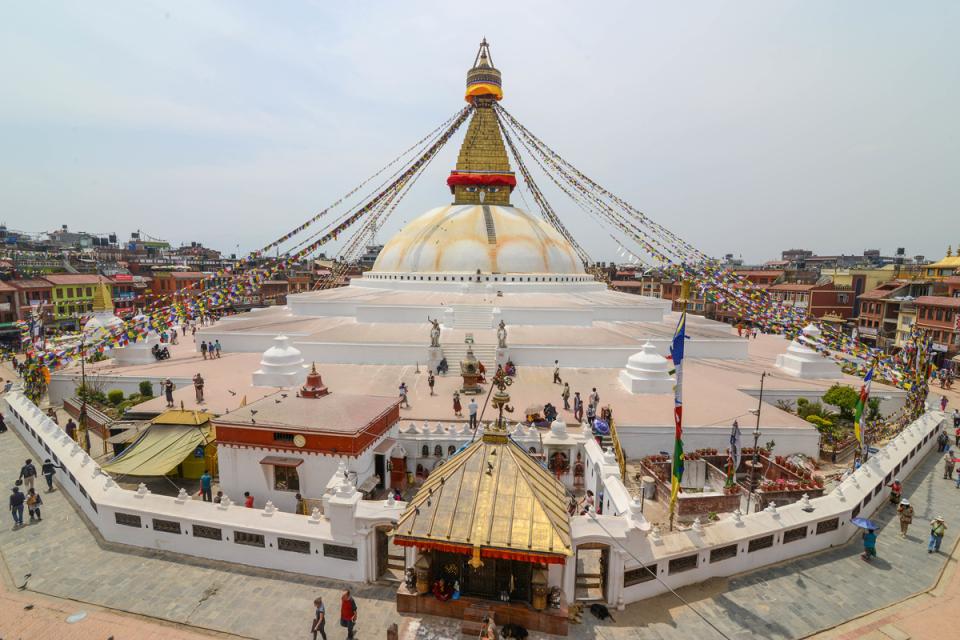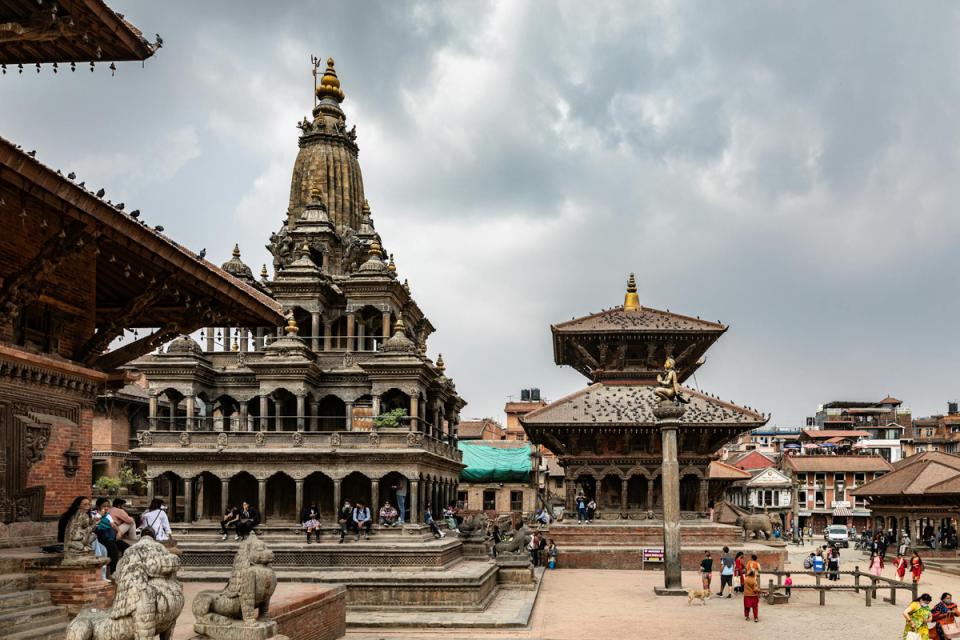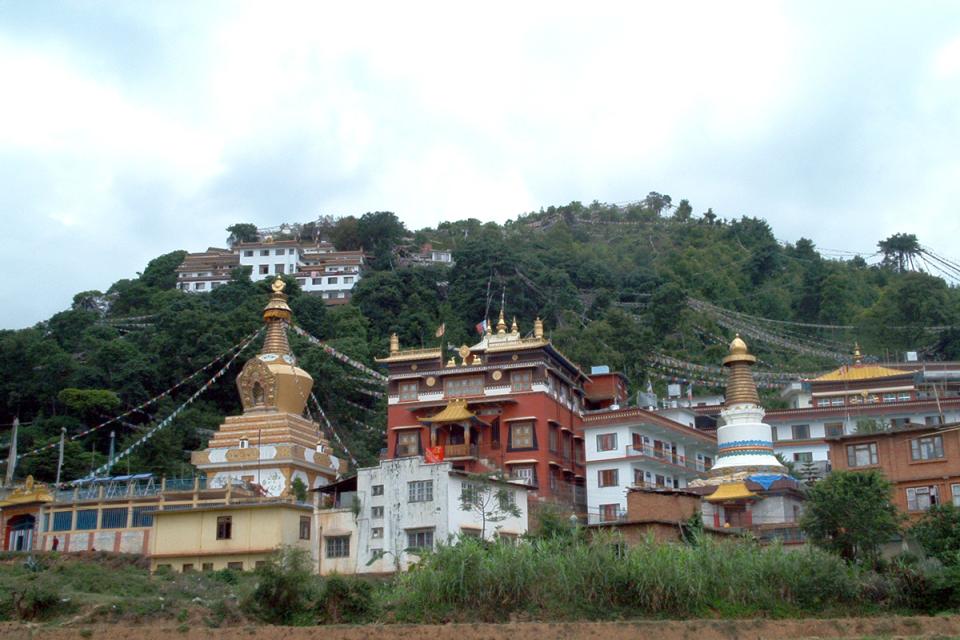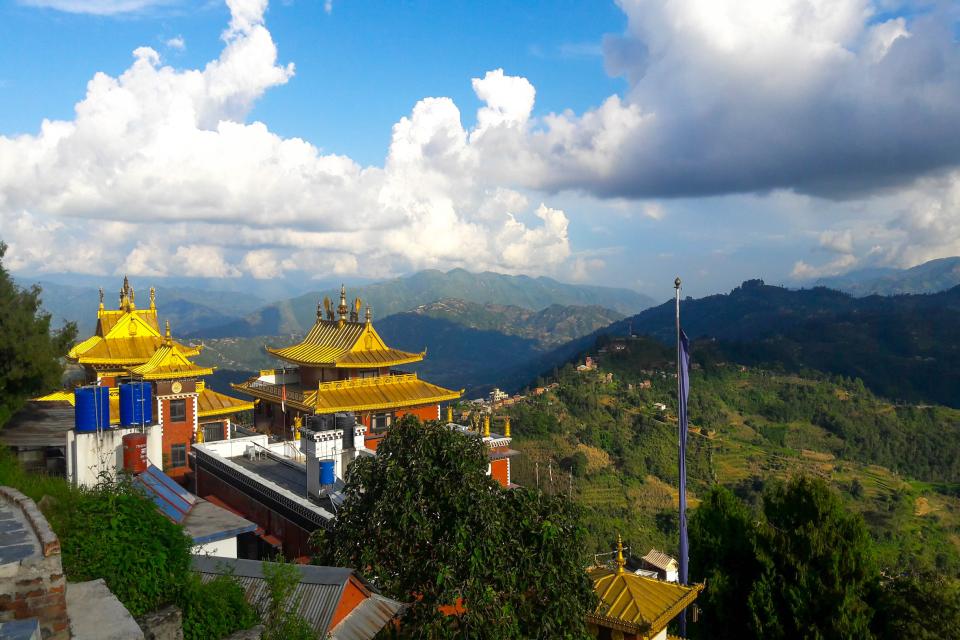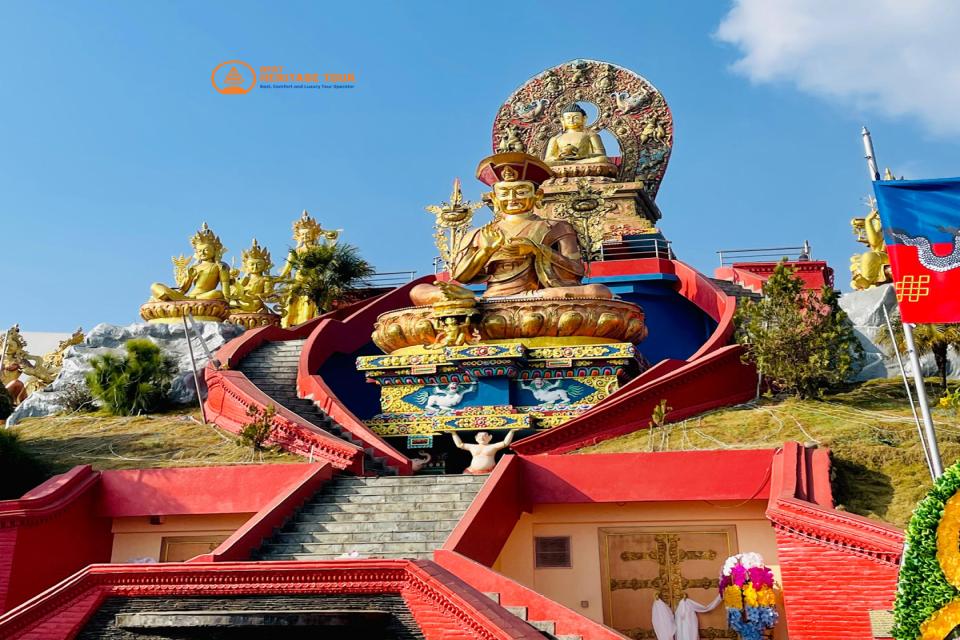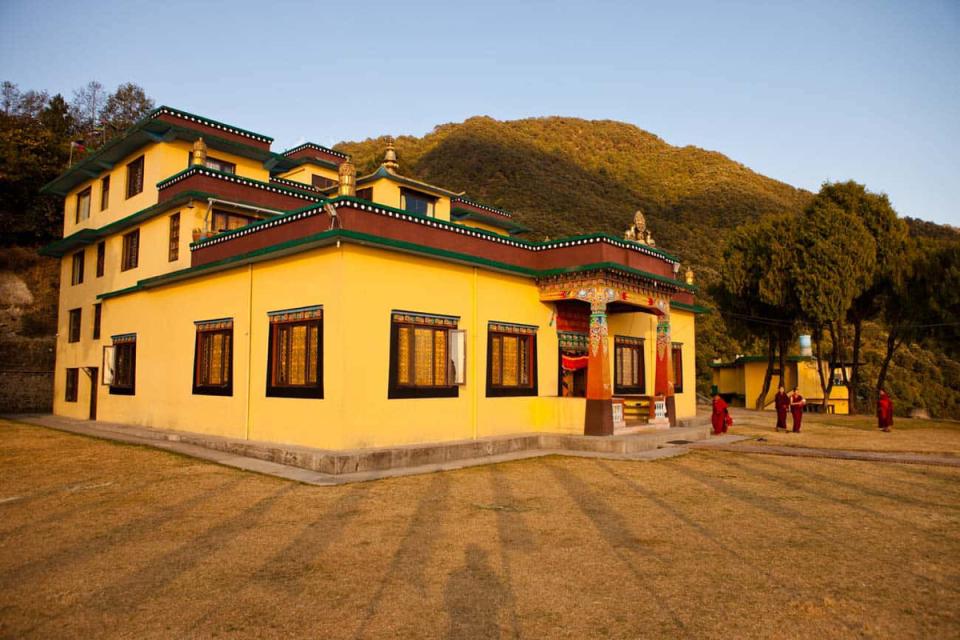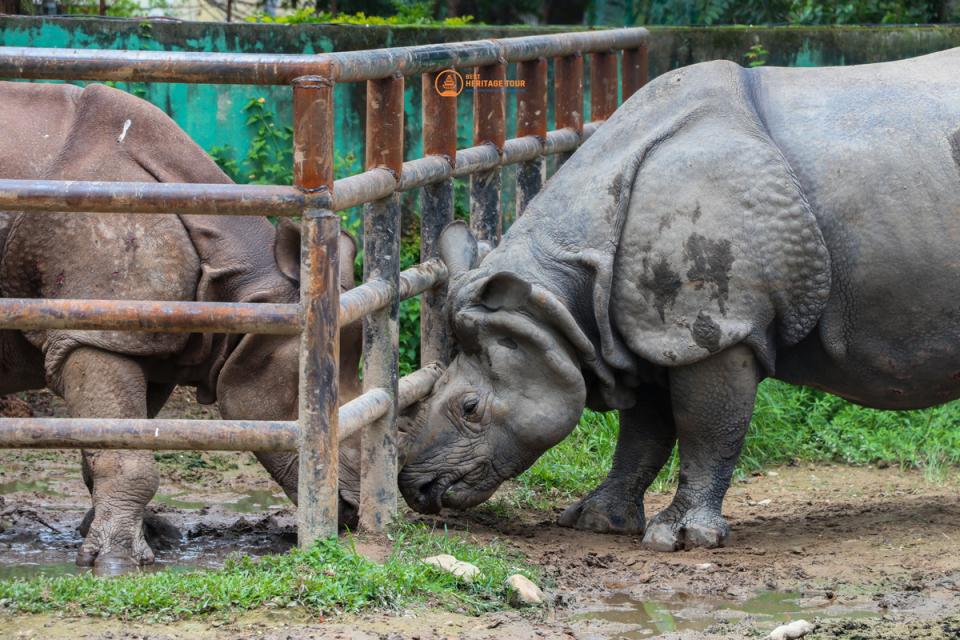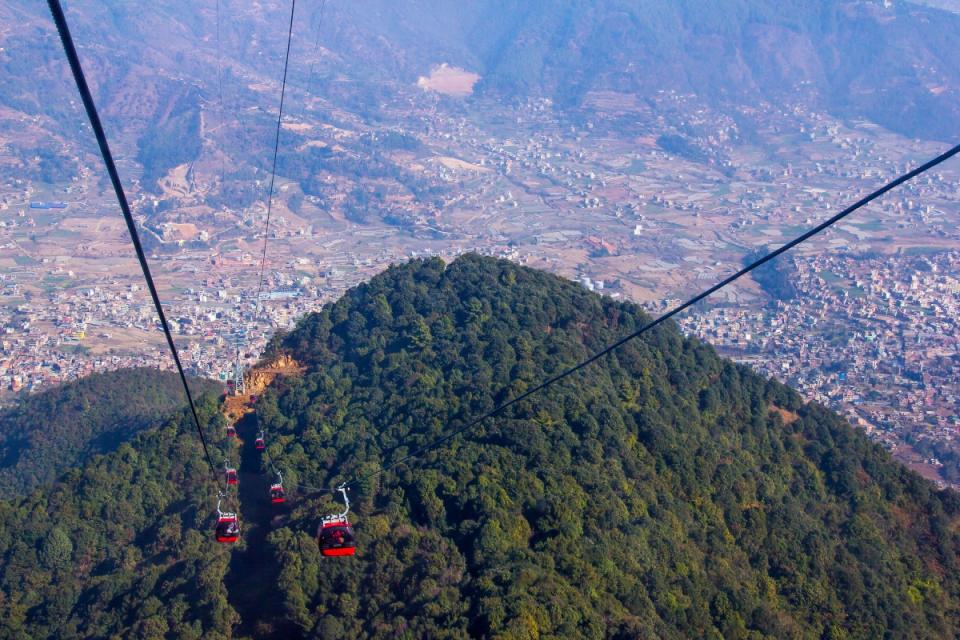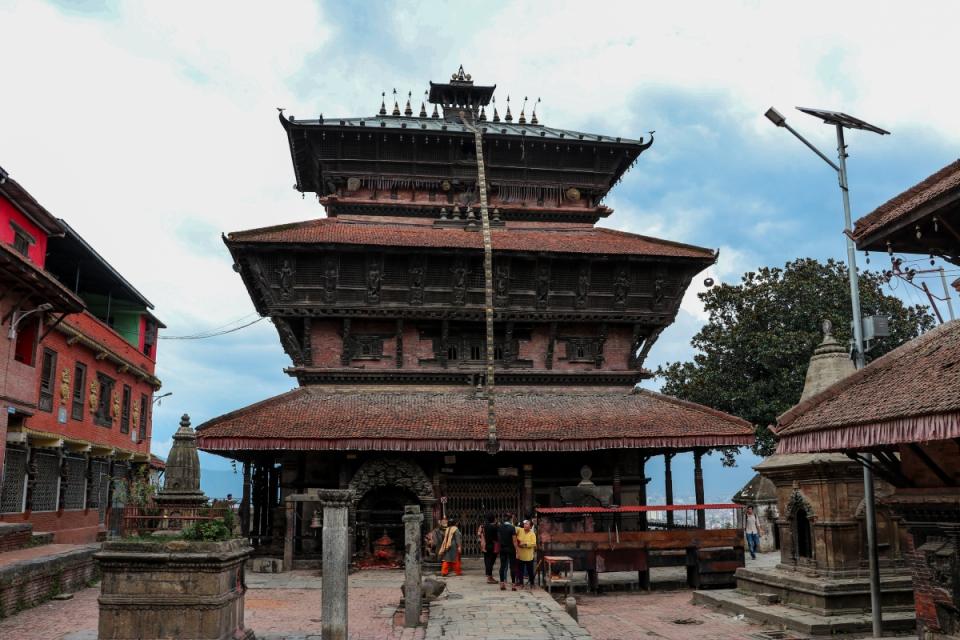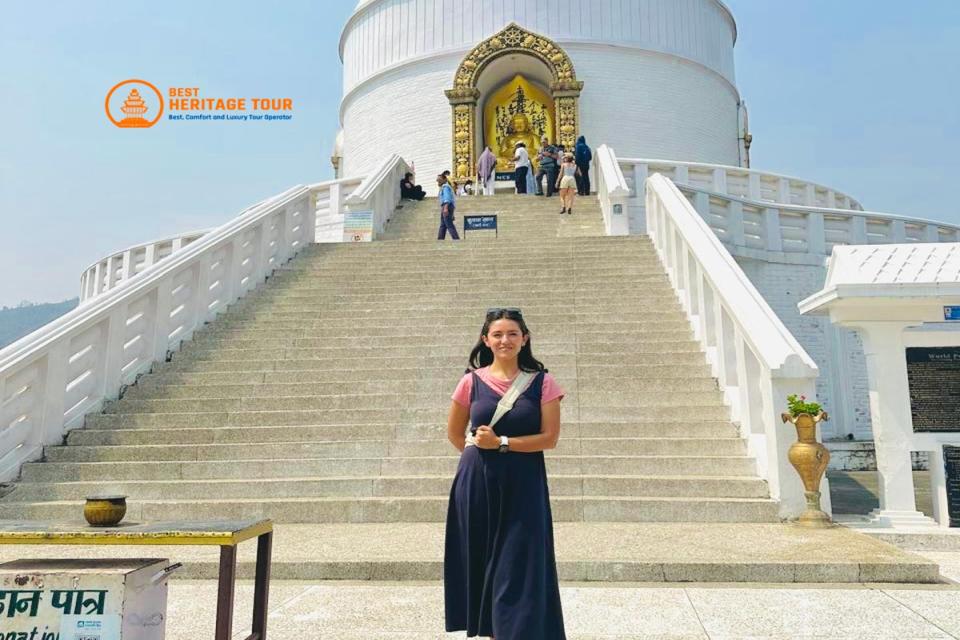Many travelers often stay away from visiting Nepal in December and January, fearing the harsh winter cold. However, this assumption is increasingly outdated. Due to global warming, these months are not as frigid as they once were, making Nepal a pleasant and accessible destination even in the heart of winter. In fact, the current conditions offer several reasons why December and January can be the perfect time to travel in Nepal. Let's dive into why these months could be the ideal time for your next adventure.
1. Milder Winter Temperatures in Nepal
One of the biggest misconceptions about traveling to Nepal in winter is that the weather will be unbearable. While it’s true that temperatures can drop, especially in the mountains, global warming has moderated the extreme cold that used to define Nepal’s winter months.
In cities like Kathmandu, Pokhara, and Lumbini, the temperature during December and January typically hovers between 5°C and 20°C (41°F - 68°F), making it comfortable for sightseeing and exploring cultural sites. Even in the higher-altitude regions, where the weather was once freezing, the temperatures are relatively mild due to the changing global climate.
This means that instead of bundling up in layers and layers of clothing, you can enjoy pleasant weather with moderate temperatures. This is perfect for those who want to avoid the extreme heat of the summer months and experience Nepal at a calmer, more relaxed pace.
2. Enjoy Clear Skies and Scenic Views
Winter is known for its crisp, clear skies, and Nepal in December and January is no exception. The weather is typically dry during these months, which means you’ll get to experience spectacular panoramic views of the Himalayas, including Mt. Everest, Annapurna, and Langtang.
Winter brings out the best in Nepal’s natural beauty. Without the haze and clouds that are often present during the monsoon or pre-monsoon seasons, the clarity of the air allows for perfect visibility. Whether you're trekking or simply sightseeing, you’ll have breathtaking views of snow-capped mountains and beautiful landscapes.
Many trekkers find that the winter season allows for a more peaceful and uninterrupted experience. As it’s a quieter season compared to the peak trekking months, you can enjoy the serene beauty of Nepal without the usual crowds.
3. Snowfall generally above 5,000 Meters
While snow used to blanket many parts of Nepal during winter, global warming has caused temperatures to rise, and snow is now mainly confined to higher altitudes above 5,000 meters (16,404 feet). This means that while trekkers aiming for lower-altitude regions like Pokhara, Kathmandu, and Bandipur won’t face the severe winter conditions they feared, those seeking snow still have access to pristine, snowy landscapes in higher trekking regions.
For avid trekkers, areas like Everest Base Camp, Annapurna Circuit, and Langtang offer an excellent opportunity to experience snow and challenging high-altitude trekking. The crisp air, fewer tourists, and snowy trails create the perfect environment for an unforgettable adventure.
However, lower-altitude trekkers can still enjoy comfortable weather, as temperatures in places like Pokhara, Kathmandu, and Chitwan National Park remain manageable during these months. The absence of snow at lower elevations means trekking is more comfortable, especially for families and those new to trekking.
4. Fewer Tourists, More Peaceful Experience
December and January mark the off-peak season for many tourist destinations in Nepal, meaning you’ll avoid the large crowds that typically flood the popular spots in peak months like September-November and March-May. With fewer tourists, you’ll have the luxury of enjoying Nepal’s beautiful landscapes, temples, and historical sites without the hustle and bustle.
For travelers who prefer a quieter, more relaxed experience, this is the perfect time to visit. Whether you're in the heart of Kathmandu’s ancient temples or strolling through the peaceful villages in the Annapurna region, the absence of tourists allows you to connect more deeply with Nepal’s culture and natural beauty.
Moreover, the hospitality of the Nepali people during the off-peak season is heartwarming. Since tourism is slower during these months, local businesses can offer a more personalized and relaxed experience.
5. Unique Festivals and Cultural Experiences
Another reason why December and January are great months to visit Nepal is the chance to witness some of Nepal’s unique festivals and cultural events. Despite the cooler weather, Nepal remains a country full of vibrant festivals throughout the year, and in winter, you’ll find events that you might not get to experience during other seasons.
One such festival is Maghe Sankranti, which typically takes place in mid-January. It is celebrated across Nepal with offerings of traditional foods and rituals that mark the beginning of the harvest season. This is an ideal time for travelers to immerse themselves in Nepali culture and witness these fascinating traditions firsthand.
Additionally, the Tihar festival, though usually celebrated in November, is a beautiful experience for anyone visiting during the winter. The festival is a time of lighting, celebrating animals, and family gatherings, and you may still see remnants of the celebrations as you travel around Nepal in December.
6. Ideal for Wildlife Lovers
For wildlife enthusiasts, December and January are perfect months to explore Nepal's national parks and wildlife reserves. The cooler weather makes it more comfortable for trekking and exploring in places like Chitwan National Park, Bardia National Park, and Koshi Tappu Wildlife Reserve.
These parks are home to diverse species of animals such as Bengal tigers, one-horned rhinos, and exotic bird species. With fewer tourists during these months, you’ll also enjoy more exclusive and intimate wildlife experiences. The mild weather also makes it easier to observe the animals in their natural habitat without the intense heat of the summer months.
In particular, Koshi Tappu Wildlife Reserve becomes a hotspot for birdwatchers in the winter, as migratory birds flock to Nepal during this period, offering unique wildlife encounters.
7. A Great Time for Spiritual Retreats
For many travelers, Nepal is a spiritual destination, offering peaceful surroundings and meditation retreats. With cooler temperatures and fewer tourists, the months of December and January provide a perfect time for those looking to embark on a spiritual journey or retreat.
Lumbini, the birthplace of Lord Buddha, is especially serene during winter. With fewer tourists and the cool weather, you can engage in deep reflection, meditation, and spiritual practices in one of the most sacred places in the world. Likewise, other spiritual hotspots like Pashupatinath Temple and Muktinath also offer a quieter, more tranquil experience during the winter months.
Many meditation centers and spiritual retreats in Nepal offer special programs during the winter months, allowing travelers to connect with Nepal’s spiritual heritage while enjoying the peaceful winter atmosphere.
Conclusion:
While December and January might traditionally be considered off-season for travel in Nepal, the reality is that these months offer a wealth of unique opportunities. With milder winter temperatures, clearer skies, and fewer tourists, it’s the perfect time to explore Nepal’s culture, adventure, and spirituality without the summer crowds or oppressive heat.
From trekking through the Himalayas to experiencing the serene beauty of Nepal’s national parks, and even enjoying its rich cultural and spiritual experiences, these winter months are indeed a great time to travel. So, pack your bags, book your flight, and embrace the magic of Nepal during the months of December and January!
Ready to Explore Nepal in December or January?
Contact Best Heritage Tour today to plan your winter adventure in Nepal. Our team of expert guides will ensure you have an unforgettable experience exploring Nepal’s culture, wildlife, trekking routes, and spiritual wonders.
Visit our official website or reach us at:
Phone: +9779851149197 / +9779810043046
Email: bestheritagetour@gmail.com / info@bestheritagetour.com
Book your winter journey today with Best Heritage Tour and experience Nepal like never before!
Author: Best Heritage Tour
Date: 14th May, 2025

